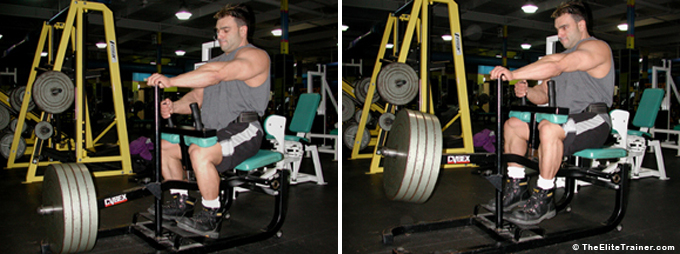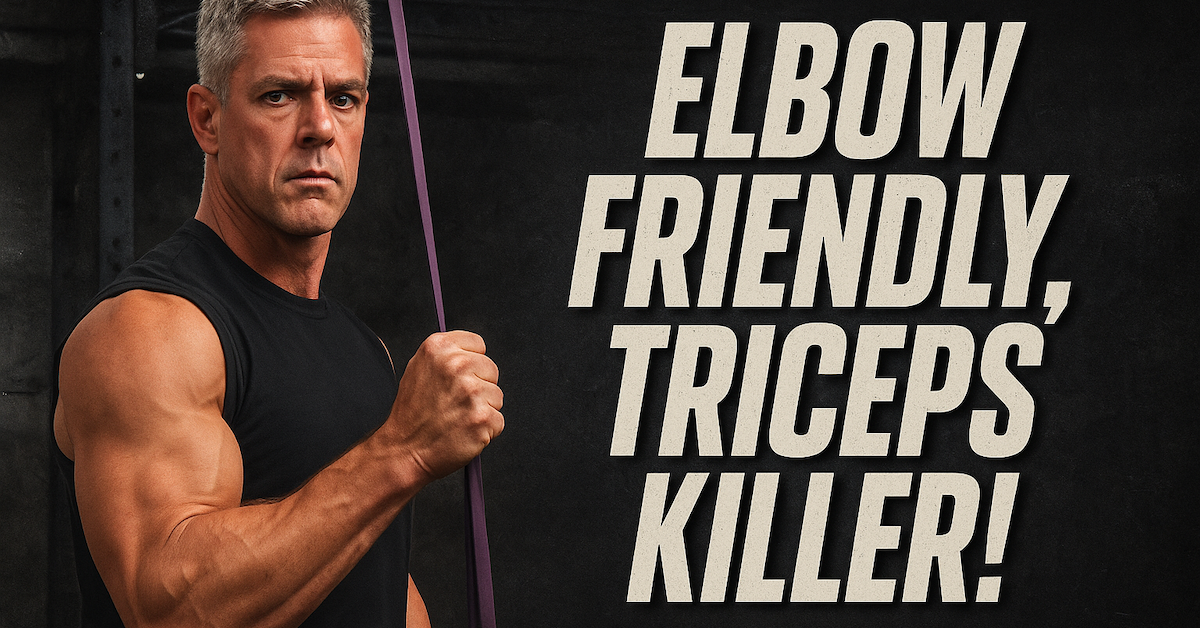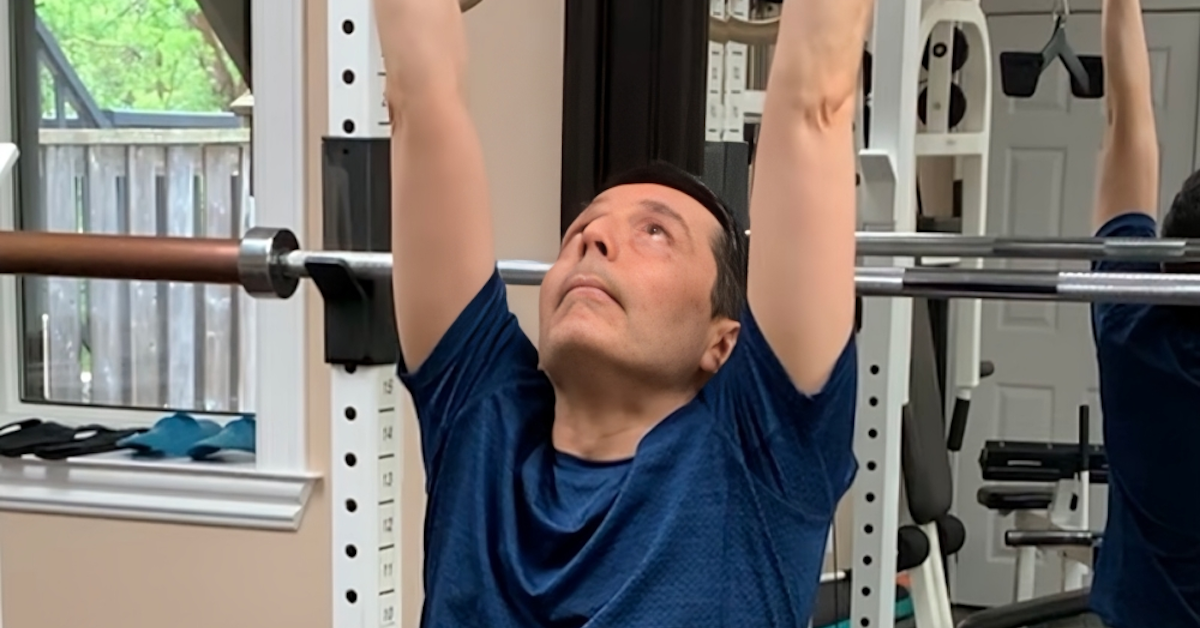With recent gym closures, many people have been forced to train at home. You can target most major muscles with limited equipment—except for the soleus, one of the primary muscles of the calf.
The calf consists mainly of two muscles: the gastrocnemius and the soleus. The gastrocnemius is heavily involved when the knee is extended. You can easily train this muscle at home with one-leg calf raises on a step or stairs (add some hops at the end for a challenge), or donkey calf raises with a family member on your back.
The soleus, however, is the workhorse when the knee is bent, and the best way to target it is typically with a seated calf raise machine—a luxury many don’t have at home.

Fortunately, there’s another way to hit this elusive muscle without any fancy equipment: the squat calf raise. By squatting down and doing calf raises, you keep the knees bent, shifting most of the work to the soleus.
This exercise is occasionally referenced in publications such as Robert Kennedy’s Encyclopedia of Bodybuilding and Bret Contreras’ Bodyweight Strength Training Anatomy, but often it’s taught with a key flaw: you’re instructed to squat halfway down and hold onto something for support (like a chair). This tends to fatigue the quads before the calves, and you often end up bobbing up and down for momentum. The goal should be to keep the hips and knees static and let all the movement come from the ankles.
The fix? Perform a full squat. This removes the quads from the equation and puts the focus squarely on the soleus. If you can’t do a full squat comfortably, grab a sturdy object (like a pole) and go as deep as possible. At the bottom, puff your chest out and execute your calf raises. You’ll kill two birds with one stone: train the soleus and increase flexibility.
The soleus is predominantly made of slow-twitch muscle fibers, which are better suited for endurance. That means you should favor higher reps. Keep time under tension between 60 and 120 seconds. At a pace of 3 seconds per rep (1 second up, 1 second pause, 1 second down), aim for 20–40 reps per set. Once that becomes easy, add weight. A weighted vest is ideal, but a loaded backpack works too. When gyms reopen, try doing this move with a safety squat bar—hold onto the rack for support.
Bottom Line:
The full squat calf raise is an excellent home-based alternative to the seated calf raise. And considering the soleus is a “pop ‘em out” muscle that makes up the majority of the calf, this simple tweak can help bring some real growth. Incorporate it into your routine and see the difference!

Standing Band Pressdowns: The Joint-Friendly Triceps Builder
If you want bigger, stronger arms but struggle with elbow pain or can’t seem to get the right triceps activation

Target Your Rear Delts Like Never Before
If you’ve struggled to feel your rear delts working—or to fill in that rear delt gap—this variation of the bent-over

Leo’s Chin-Up Journey (Day 1): From Zero to Hero
Can’t Do a Chin-Up? Neither Could Leo… But That’s About to Change. Leo started training with me back in September.
follow
Error: No feed with the ID 2 found.
Please go to the Instagram Feed settings page to create a feed.
